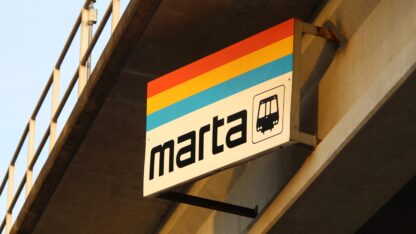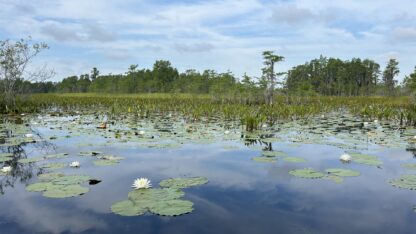Fish in the Atlantic Ocean are swimming on the right side of the tracks.
Nine species of game fish and soft coral are now making a home in two Metropolitan Atlanta Rapid Transit Authority (MARTA) railcars. In an effort to repurpose decommissioned vehicles and other structures, the Georgia Department of Natural Resources (DNR) Reef Project deployed the two railcars into the ocean last December to create manmade reef habitats.
DNR divers captured new photos of the railcar habitat in July and released them on Tuesday.
“The artificial reef is looking great, and we are encouraged by the amount of coral growth and marine wildlife activity,” Cameron Brinton, a marine biologist with DNR’s Coastal Resources Division, said in a press release.
The railcars underwent cleaning before the U.S. Coast Guard inspected and approved them for deployment. The artificial habitat is located 23 nautical miles east of Ossabaw Island in Artificial Reef L, which measures about 2 square miles.
The reef’s history spans nearly 50 years. The DNR’s Coastal Resources Division first created Artificial Reef L in 1976, and it is now one of 32 other such reefs made by the division. In addition to the railcars, the DNR has deployed New York City subway cars, World War II battle tanks, barges and tugboats.
“MARTA is proud to be part of repurposing old railcars in this environmentally responsible way,” MARTA General Manager and CEO Collie Greenwood said in the press release. “It’s exciting to see this type of development on the railcars after only a few months and we hope to provide more retired railcars for reef deployment as we make room for our new trains.”








